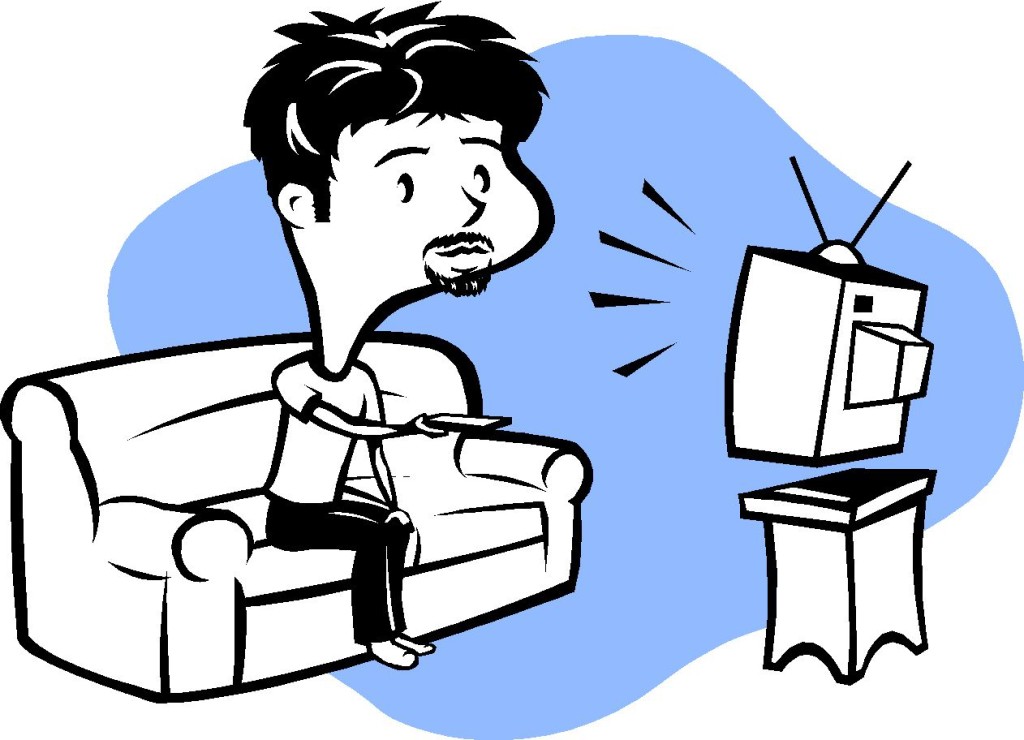Glaucoma is a serious eye condition that can cause blindness. It damages the optic nerve, which carries information from your eyes to the visual center in your brain. This damage can result in permanent vision loss. The most common type of glaucoma has no early warning signs and can only be detected during a comprehensive eye exam. If Undetected and untreated glaucoma first causes peripheral vision loss and eventually can lead to blindness. Glaucoma is caused by higher than normal pressure inside the eye. By the time you notice vision loss from glaucoma, it’s too late. The lost vision cannot be restored, and it’s very likely you may experience additional vision loss, even after glaucoma treatment begins.
What are the Types of Glaucoma?
- Angle Closure Glaucoma : The drainage angle is too narrow or begins to close, impeding the normal outflow of aqueous humor.
- Congenital Glaucoma : Some children are born with a defect in the drainage angle that prevents the aqueous fluid from exiting the eye normally.
- Secondary glaucoma : Develops due to complications of certain conditions (eg: Trauma, Diabetes), Side effects of medications or because of other eye conditions.
What are the Symptoms of Glaucoma?
• Blurred vision
• Seeing colored rings around lights
• Eye pain
• Headache
• Light sensitivity
• Redness in Your Eye
• Nausea and vomiting in later stages
How is Glaucoma Diagnosed?
• Detailed medical History (including family history)
• Tonometry –Eye pressure check
• Pachymetry – Corneal thickness check
• Perimetry – Visual field test
• Optical Coherence Tomography- Optic Nerve scan
Who is at the risk of Glaucoma?
• Age- People over 60 are at increased risk of glaucoma
• Eye Problems-Chronic eye inflammation, Trauma, thin cornea
• Family History
• Medical History-High Blood pressure, Heart disease, Diabetes
• Use of Certain Medicine-Corticosteroids for extended periods
How is glaucoma Treated?
• Medications- mild to moderate stage
• Surgery- severe stage
Can Glaucoma be prevented?
Glaucoma can’t be prevented. But it is still important to catch it early so treatment can begin in the early phase that will help prevent it from worsening


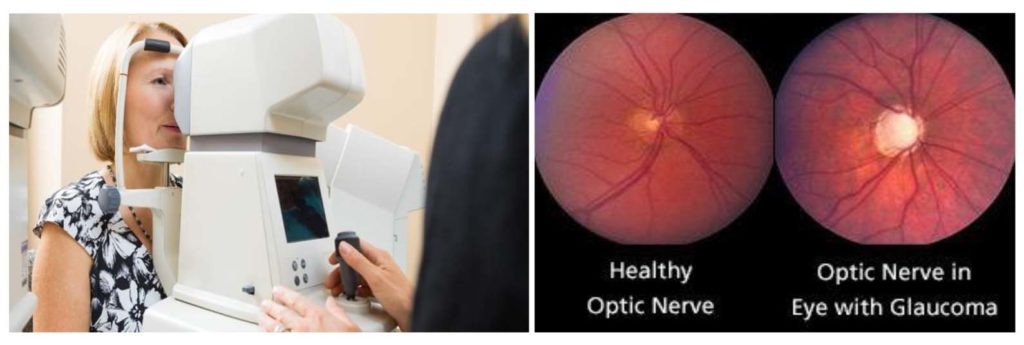
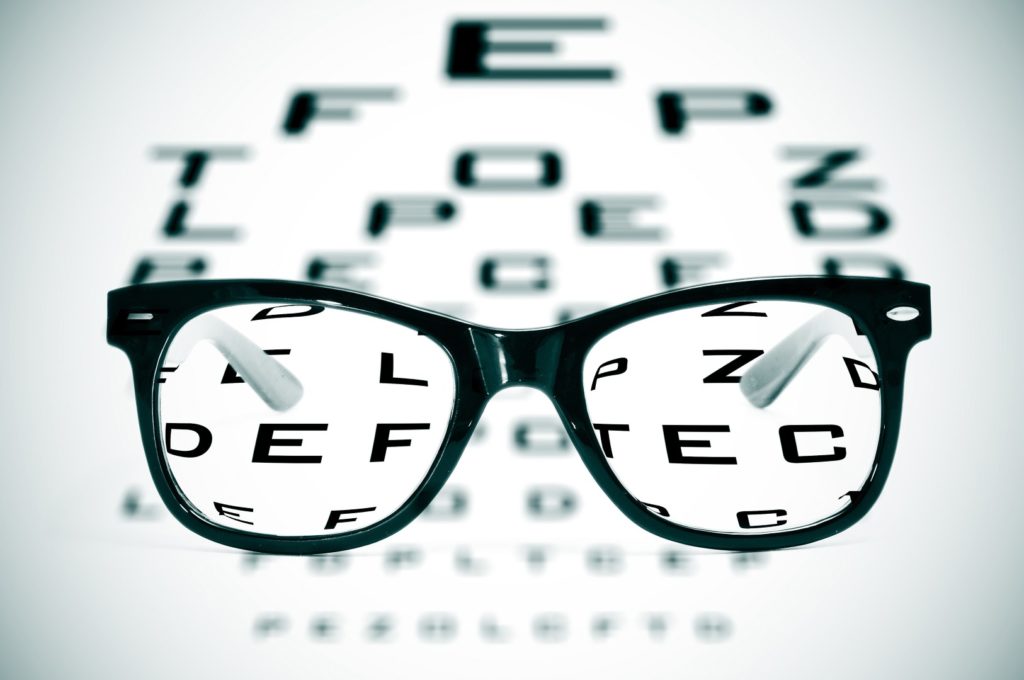
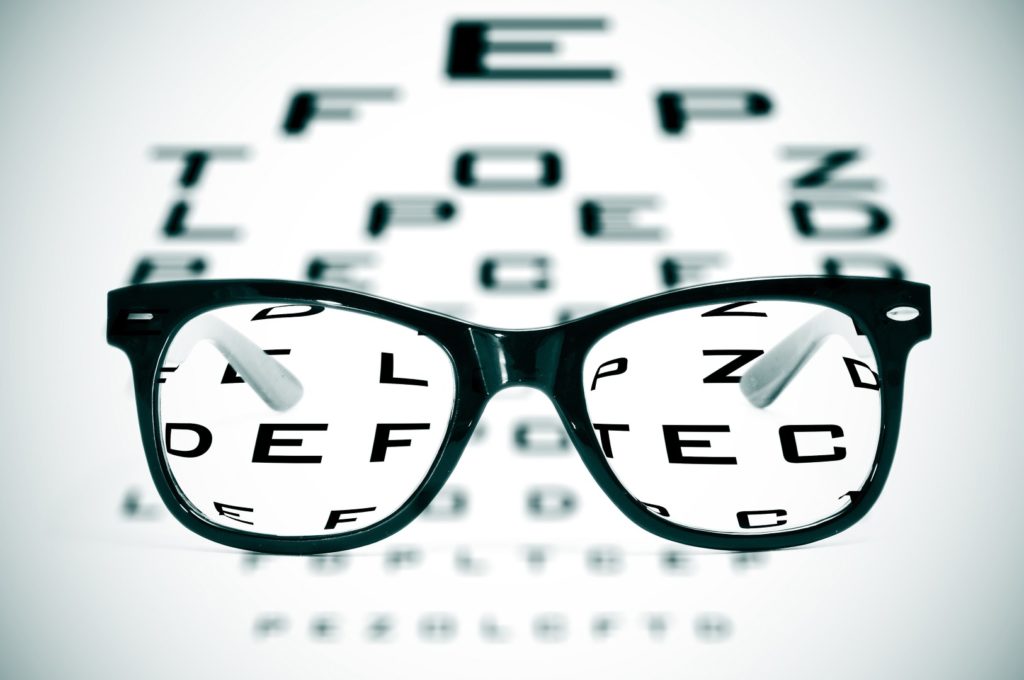
 Watch for signals of eye problems– Parents should be alert to symptoms that could indicate an eye or vision problem, such as complaints of eyestrain, headaches and squinting when reading or performing other common activities like regular rubbing of the eye etc. Other symptoms to look for include a white or grayish-white coloring in the pupil, one eye that turns in or out, or eyes that do not track in sync together.
Watch for signals of eye problems– Parents should be alert to symptoms that could indicate an eye or vision problem, such as complaints of eyestrain, headaches and squinting when reading or performing other common activities like regular rubbing of the eye etc. Other symptoms to look for include a white or grayish-white coloring in the pupil, one eye that turns in or out, or eyes that do not track in sync together.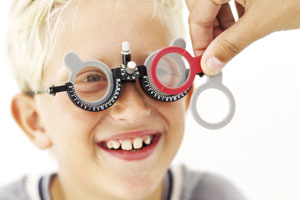 For school-age children, a vision screening, which is less comprehensive than a dilated eye examination by an ophthalmologist,can be performed by a pediatrician, family physician, nurse or trained technician during regular checkups. If the screening detects a problem, the child may need to see an ophthalmologist — an eye physician and surgeon.
For school-age children, a vision screening, which is less comprehensive than a dilated eye examination by an ophthalmologist,can be performed by a pediatrician, family physician, nurse or trained technician during regular checkups. If the screening detects a problem, the child may need to see an ophthalmologist — an eye physician and surgeon.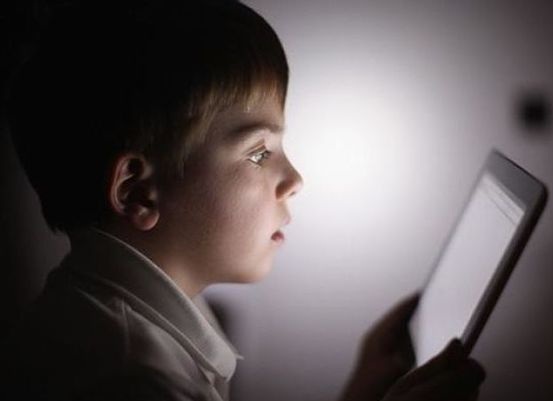 Beware of television on hand held devices– It is now becoming more and more common for children to suffer from eye strain after staring at screens for hours and hours. This is sometimes known as computer vision syndrome. Watch out for dry, red and sore eyes. Sometimes, children may experience blurry vision and have problems with words moving on the screen because their eyes are not properly aligned. You can avoid eye problems setting in at an early age by making sure that sessions involving near screen work are limited to 30 minutes a time. Make sure that there are plenty of breaks and that outdoor activity is not neglected.
Beware of television on hand held devices– It is now becoming more and more common for children to suffer from eye strain after staring at screens for hours and hours. This is sometimes known as computer vision syndrome. Watch out for dry, red and sore eyes. Sometimes, children may experience blurry vision and have problems with words moving on the screen because their eyes are not properly aligned. You can avoid eye problems setting in at an early age by making sure that sessions involving near screen work are limited to 30 minutes a time. Make sure that there are plenty of breaks and that outdoor activity is not neglected.
